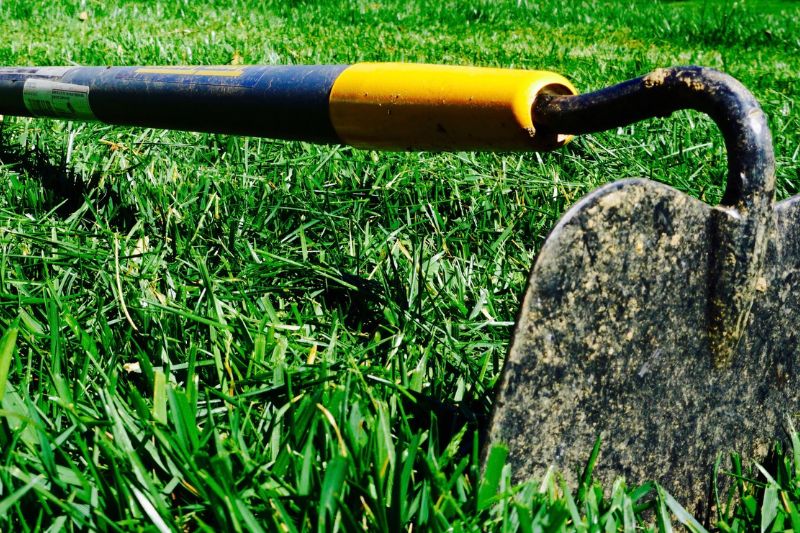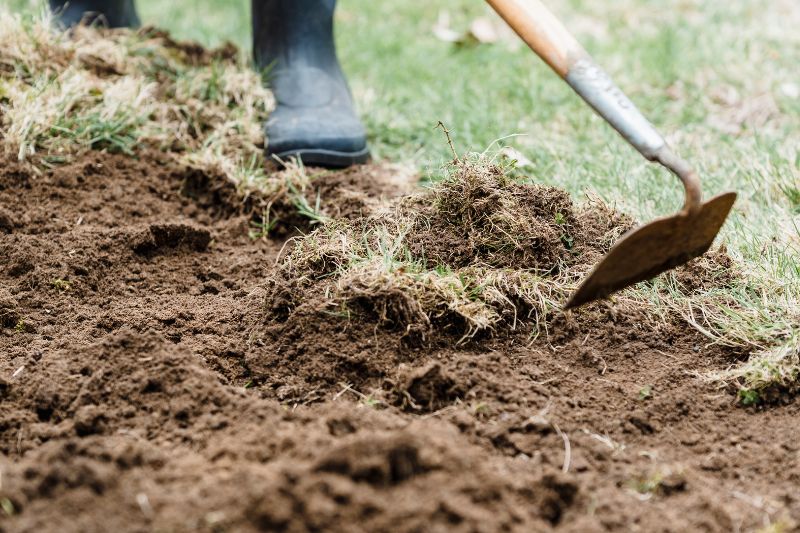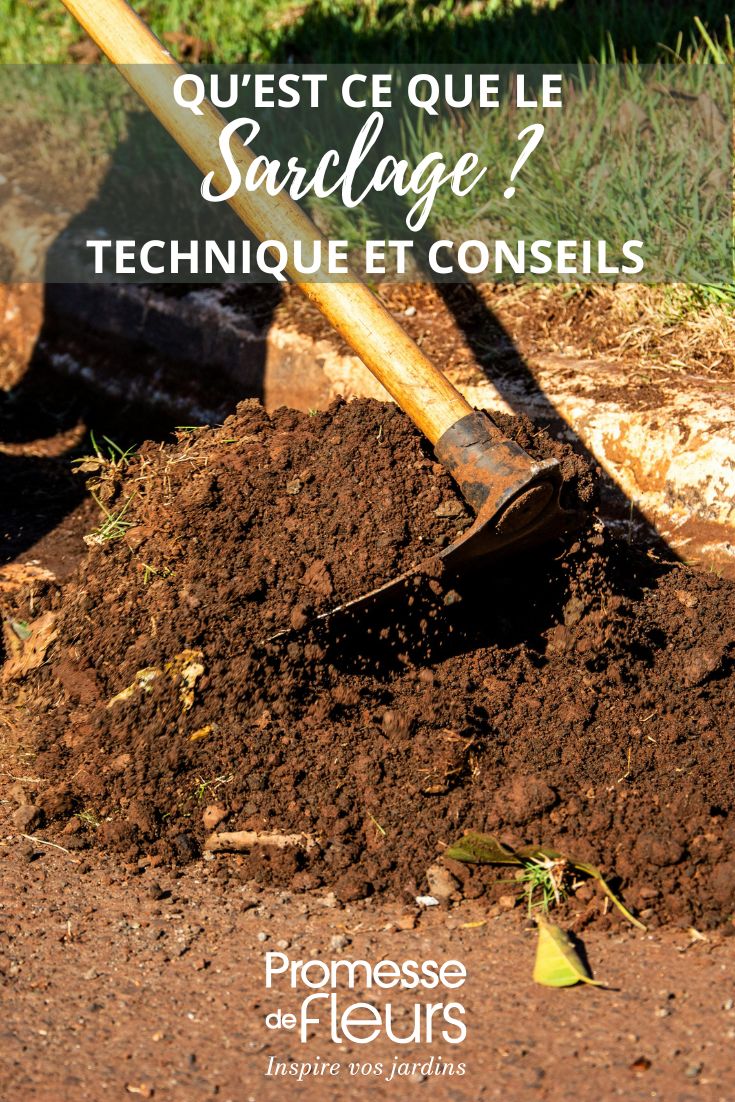Weeding is a fundamental technique in gardening that helps combat unwanted herbs or "weeds" (but no herb is bad!) without using chemicals. Simple and effective, it is ideal for keeping a vegetable garden or garden clean and healthy.
What is weeding?
Weeding involves removing weeds by cutting their roots just below the surface of the soil. Unlike manual weeding where unwanted plants are pulled out, weeding prevents their regrowth by gradually weakening them.
Why is it useful?
- Weeding limits competition for water and nutrients between weeds and your plants.
- Weeding prevents unwanted herbs from going to seed and invading your garden.
- Weeding loosens the soil, which promotes aeration and water infiltration.
A little word from Oli: some so-called "unwanted" or "weeds" can also have their usefulness in the garden, providing shelter or food for insects and pollinators — a good reason to weed with moderation and kindness.
Tools for effective weeding
No need for sophisticated equipment. Here are the most commonly used tools for weeding:
- The hoe : perfect for surface weeding, it cuts herbs below the soil.
- The weeding tool : more precise and manageable, ideal for small spaces.
- The draw hoe : useful for working on harder ground.
- Gardening gloves: to protect your hands if you also do some manual weeding.
Tip: choose a tool suitable for the size of your garden and your comfort while working.

How to weed properly?
Weeding is simple, but there are a few rules to follow for it to be effective.
Step 1: wait for the right moment to weed
The ideal time to weed is after a light rain or watering, when the soil is slightly moist but not too wet. This makes it easier to cut the weeds.
Step 2: pass the weeding tool just below the surface of the soil
Hold your hoe or weeding tool and make back-and-forth movements just below the surface of the soil (1 to 2 cm deep). The goal is to cut the roots, not to dig deeply. Keep your back straight.
Step 3: let the unwanted herbs dry after weeding
Once cut, leave the herbs in place in the sun. They will dry out and enrich the soil as they decompose. If they are seeding, remove them to prevent regrowth.
Anti-regrowth tip: after weeding, consider mulching the soil to prevent unwanted herbs from returning too quickly (that is, covering it with straw or leaves). In addition to limiting regrowth, mulching retains moisture and protects soil life.
Good to know: do not weed when it is too wet, otherwise the herbs may regrow faster. Additionally, it is better to avoid weeding when the soil is too dry and hard, as it is less effective and tires the gardener more.

How often to weed?
Weeding should be done regularly, especially in spring and summer, when weeds grow quickly.
- Spring (March to May): once a week to prevent the establishment of unwanted herbs.
- Summer (June to August): once or twice a month depending on the weather and the appearance of weeds.
- Autumn and winter: occasional weeding, especially if the climate remains mild.
Tip: the earlier and more regularly you weed, the fewer weeds you will have to manage in the long term.
































Comments